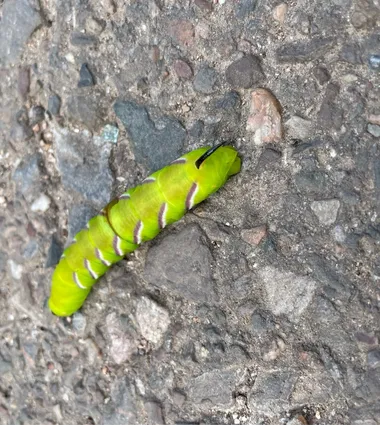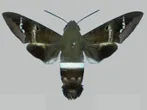
Harmful Effects of Wild cherry sphinx
A species of Sphinx, Also known as Plum tree sphinx moth
Wild cherry sphinx larvae can cause severe foliage and fruit damage in high populations, leading to substantial crop yield loss and heightened disease susceptibility, with serious economic consequences for fruit growers.
What Type of Pest Is Wild cherry sphinx?









AI entomologist in your pocket
Scan QR code to download

